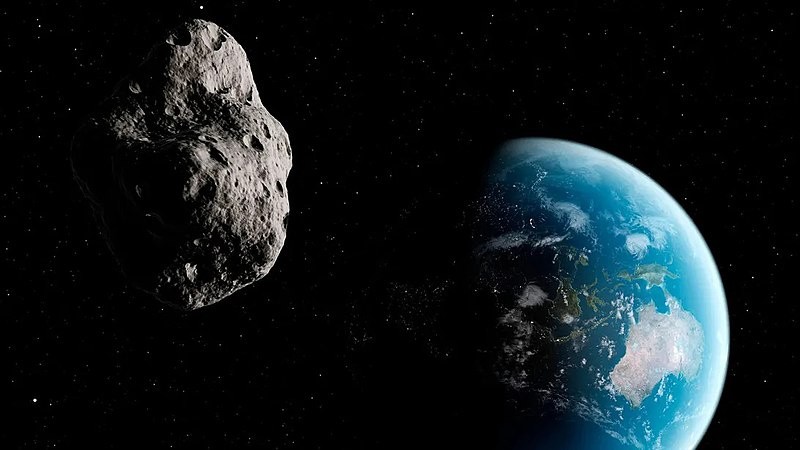A mega earthquake that lasted from weeks to months occurred after the Chicxulub asteroid impact which wiped out the dinosaurs and almost all life forms on Earth 66 million years ago, according to a new study consisting of researchers from Mexico and the United States. The 10-kilometer asteroid produced the massive earthquake after hitting Earth, shaking the planet equivalent to energy never seen until now.
For decades, geologists and other scientists have known that earthquakes are caused by seismic activities caused by the movement and friction of tectonic plates underneath our Blue Planet. In addition, these tremors also occur during a volcanic eruption, hence, the term volcanic earthquake was coined. Now, the study offers insight that earthquakes could also be triggered by kinetic impact alone.
The new research on the asteroid-driven mega earthquake comes after a separate yet related published paper determining the occurrence of a mile-high tsunami following the Chicxulub asteroid impact. Scientific evidence shows that the impact led to the formation of sulfate molecules and block the sunlight, the recent simulations show that it also led to a series of natural disasters on the highest magnitude.
Mega Earthquake

In the new paper published in the journal Geological Society of America, Hermann Bermudez from Montclair State University and the Paleoexplorer Research Group, along with other researchers, claim the Chicxulub asteroid impact released energy equivalent to 1023 joules, which is approximately 50,000 times more powerful than was released during the 9.1 magnitude Sumatra earthquake in 2004.
The research team said the impact was enough to generate gigantic earthquakes, with magnitude of more than 10, mega tsunamis, and form a crater as wide as 180 to 200 kilometers in diameter in the Yucatan Peninsula in Mexico. In addition, the team found that the asteroid strike led to intense seismic activity which was never been seen in contemporary times.
While earthquake swarms that can last for several days and even months have occurred worldwide in recent years, including in the US and Peru, the mega earthquake pointed in the paper is a series of tremors not classified as an aftershock or swarm.
Bermudez was scheduled to present their findings and evidence of the mega earthquake at the GSA Connects meeting in Denver, Colorado, on Sunday, October 9.
Also Read : Chicxulub Asteroid: Scientists Discovered When the Dinosaur-Killing Asteroid Impacted Earth
Chicxulub Asteroid Impact
Evidence of the ancient earthquake was observed in Colombia, Mexico, and the US. In 2014, Bermudez found spherule deposits while doing fieldwork on Gorgonilla Island in Colombia. The site contained layers of sediment with small glass beads and shards which were ejected into the atmosphere during the event of an asteroid impact. The beads are reportedly formed from the crust of the Earth during intense impact.
Bermudez also discovered evidence of liquefaction at the El Papalote exposure in Mexico. Meanwhile, Bermudez also documented faults and cracks associated with the mega quake in Alabama, Mississippi, and Texas in the US, Science Daily reports.
© 2025 NatureWorldNews.com All rights reserved. Do not reproduce without permission.





